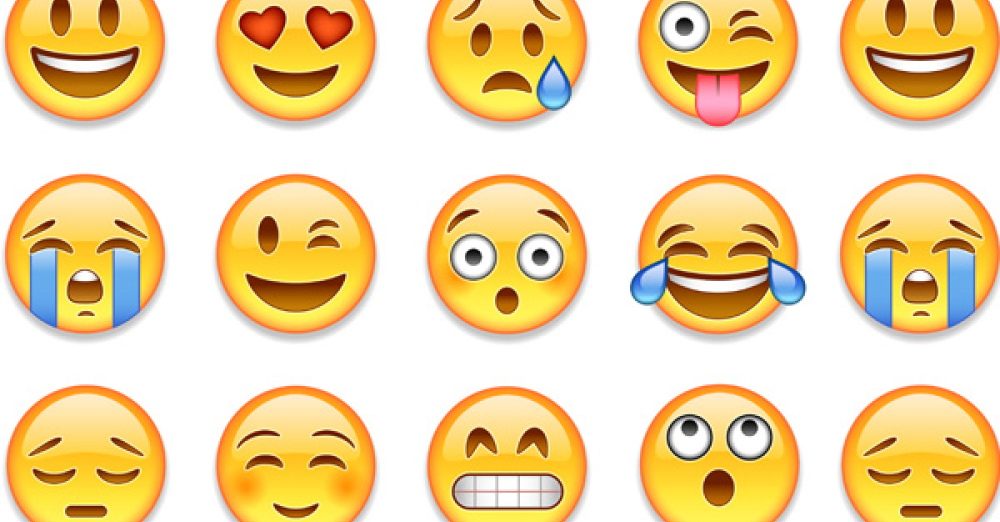A history of emojis

Here at Winzum we are always committed to running the crème-de-la-crème of online competitions for our fantastic online competition community, but just doing this would be boring, wouldn’t it? As a result we are also determined to spread as much knowledge as we can, especially when it comes to the history of various things in the modern world that we take for granted.
We have already explored the history of pub quizzes here [a brief history of pub quizzes], for example, and next on the agenda is the history of emojis. There aren’t many more things that encapsulate our hyper-connected 21st century civilization much better than emojis, yet not many people really know where or how they originated. Keep reading for some golden Winzum knowledge!
What are emojis?
In essence, an emoji is a basic digital image or icon that can be used via text, email, or any other digitally written mode of communication, to express a nuanced kind of emotion. One of the oldest and most popular examples of an emoji is the smiley face, however these days there are hundreds of different emojis in use across the world.
These days emojis are used in various scenarios, with them being most prevalent across social media, and young people’s instant messaging conversations. They are useful for expressing different emotions alongside text writing, often enabling people to express something closer to face-to-face conversation online.
Emoticons: The start of the emoji journey
The first emojis were called emoticons, and became popular in Japan during the late 90s. The original emoji was designed by a Japanese artist called Shigetaka Kurita in 1999, who was tasked with the job of creating a smart new interface to quickly convey information for an early mobile Internet platform in Japan called “i-mode”.
The company in charge, DOCOMO, wanted to find new ways of expressing information, which meant that Kurita’s original 176 emoji catalogue was aimed more at creating easy-to-understand symbols rather than faces. Icons ranged from weather symbols to traffic representations, and so a new visual language was born.
Unicode officially adopts emojis in 2010
As the mobile phone world grew rapidly in size, emojis too became more and more popular, with various companies such as Apple spotting a golden opportunity. By 2010 Unicode, the information technology standard for coding, had adopted emojis, boosting them into the stratosphere!
With the Unicode compatibility emojis could now be used across hundreds of thousands of different platforms, something that massively contributed to their success. It resulted in Apple and Android adding dedicated emoji keyboards to their operating systems, which made it even easier for people to use this 21st century visual language.
The modern world of emojis
By now emojis are a pretty standard mode of communication, with over 90% of the world’s population using them at least once a day. Over the last few years there has been a consistent flow of new emojis hitting the mainstream too, and this has become a great way of spreading awareness about things like racism and sexism too.
For example, the first emojis were all of white people, which in hindsight is incredibly restrictive. This was rectified in 2015, when Unicode made it possible to change the skin-tone of each person-based emoji icon. More recently gender-neutral emojis have been made, as well as disability emojis too.